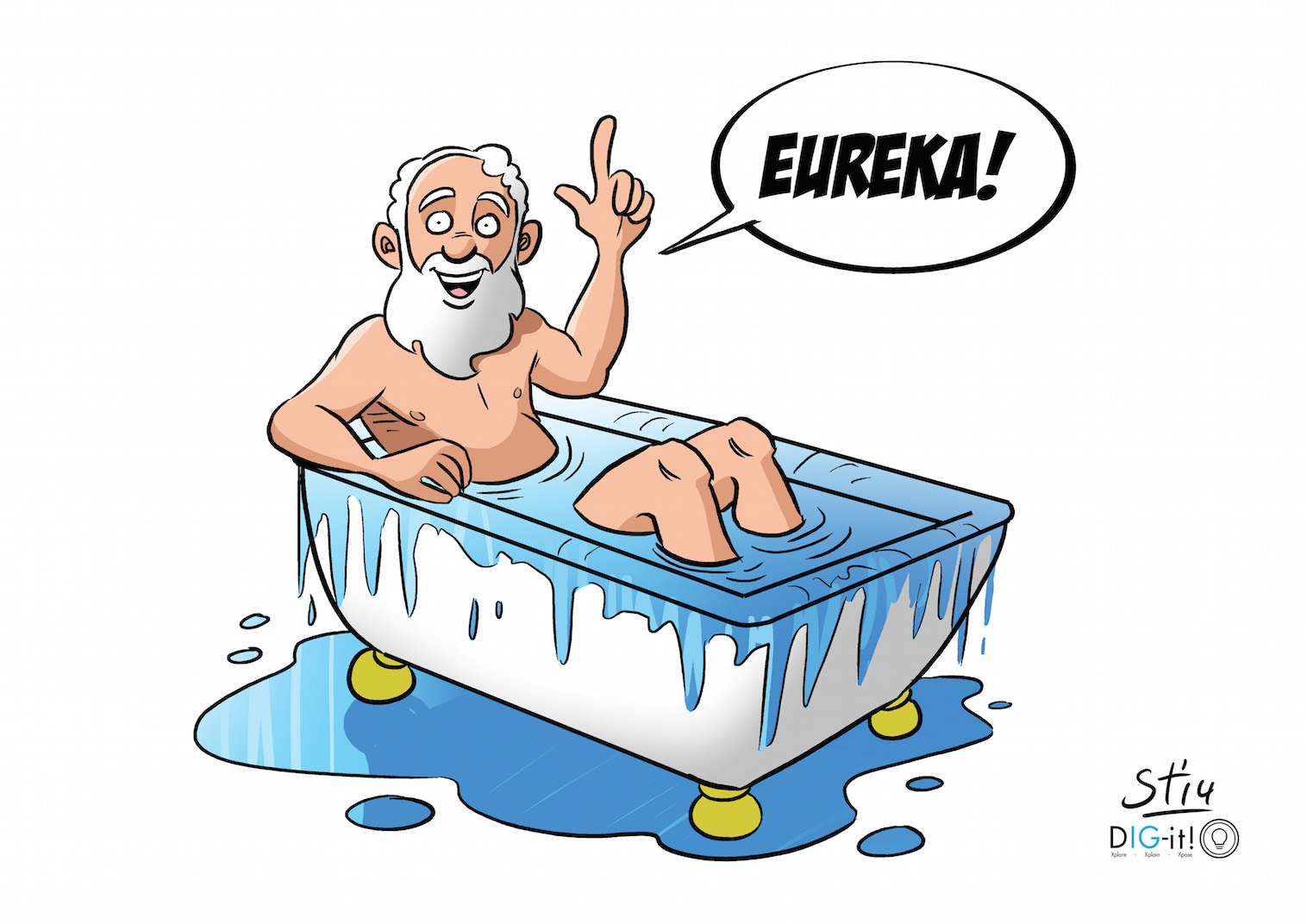Reinforcement Learning on the Bipedal Robot "Leo"
Themes: Robotics

Early lab scale demonstration

A TRL is a measure to indicate the matureness of a developing technology. When an innovative idea is discovered it is often not directly suitable for application. Usually such novel idea is subjected to further experimentation, testing and prototyping before it can be implemented. The image below shows how to read TRL’s to categorise the innovative ideas.
Why?
Currently, Leo can learn to walk on flat terrain. We aim to develop algorithms for walking in diverse terrains: rough, slippery, slopes, etc.
How?
We collaborate with several European universities in the EU-project "Koroibot" to study human walking patterns, movement primitives, and objective functions. Then we aim to combine this knowledge with our newly developed reinforcement learning algorithms.
When?
We estimate that after 2-3 years we will have an algorithm that will allow bipedal robots to learn to walk in unknown, challenging terrains. This knowledge and algorithms will not only be useful for bipedal robots, but in the long term also for lower-extremity exoskeletons and prostheses, to enable seamless control and adaptation to the user.
Dr. ing. Heike Vallery
